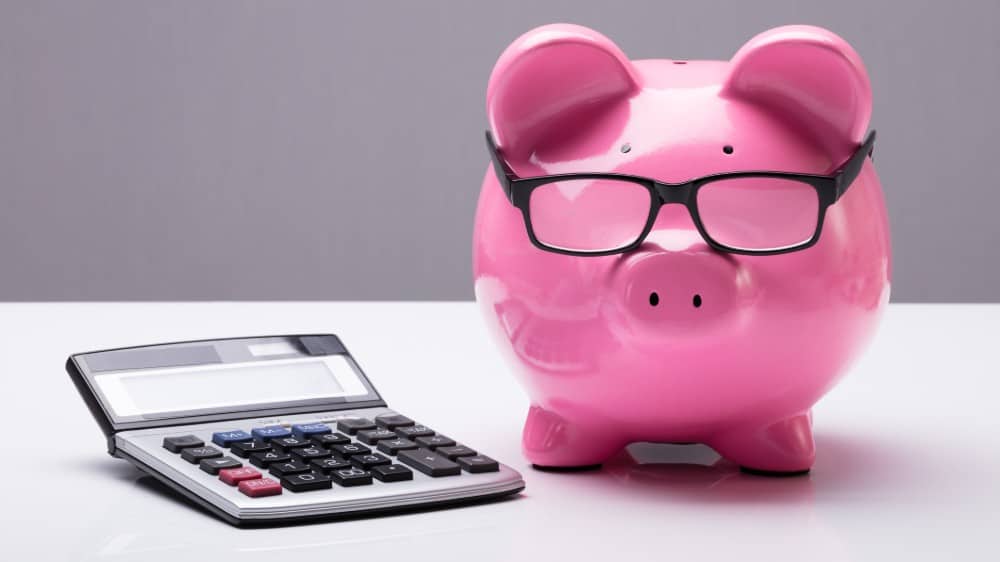An RRSP loan is a way to fill the unused contribution space in your RRSP. The loan has an interest rate — you’re borrowing money, after all — but if you expect the rate of return on your investments to outpace the interest rate, it might be worthwhile taking out the loan.
Should you go into debt this RRSP season to fill your unused contribution space? Let’s take a closer look.
When does it make sense to take out an RRSP loan?
Perhaps the best reason to take out an RRSP loan is to lower your tax liability. In fact, in some cases, the money you borrow could lower your tax bracket so significantly that your tax refund will help you cover most (or even all) of the loan.
Recall that your RRSP contributions are tax deductible, meaning you can subtract them directly from your income. If you’re in a high tax bracket, contributing to your RRSP could help move you into a lower tax bracket. The new tax rate in this lower bracket means you pay less in taxes, which might help you get a heftier refund.
You can use online calculators to see how much more you’d back by contributing the maximum to your RRSP. Of course, calculators aren’t the most accurate tool available. For more accuracy, consult a tax pro.
Another reason to take out an RRSP is to take advantage of low borrowing rates. Right now, loan rates are still fairly low. Though the rate you receive depends ultimately on your credit score and credit utilization, you could snag a rate as low as 3%. If you then invested your loan into stocks or funds that yielded an annual average of 3% or more, you could end up earning more on investments than you pay in interest.
When doesn’t it make sense?
For one, I wouldn’t take out an RRSP loan if you’re already in debt, even if it does result in a lower tax bracket. Instead, focus on paying off the debts you’ve accumulated, especially high interest debts, like credit cards. Get a balance-transfer credit card, one with an introductory low APR period, and pay off that debt first.
The typical argument for RRSP loans — to contribute more to your retirement fund — is convincing, but it might fail in one important way: investing a lump sum in your RRSP might not be the smartest idea, especially if you plan to invest it in stocks.
In general, lump-sum investing involves a high level of risk. True, you could choose your stocks wisely and dump that money in market-beating investments. At the same time, market volatility could tank your stock choices, resulting in a loss. If you’re betting that your stock choices will outpace your loan’s interest rate, watching your stock’s fall in value will be disheartening.
A better approach is dollar-cost averaging. Instead of investing all your money at once, you invest portions of it periodically. For instance, if you have $10,000, you could buy $10,000 of stocks today (lump-sum investing). Or, you could buy $1,000 of stocks every month for the next 10 months (dollar-cost averaging). In this way, you spread your money across time, which could help you buy stocks when prices are low as well as earn money when stock values are high.
Is an RRSP loan right for you?
It makes sense to take out an RRSP loan if it lowers your tax bracket and results in a higher tax refund (one that can cover some of the loan). If you do choose to take out an RRSP loan, I would invest that money in something that’s relatively stable, like an ETF or mutual fund. I wouldn’t invest in something risky, like growth stocks or micro-caps.








